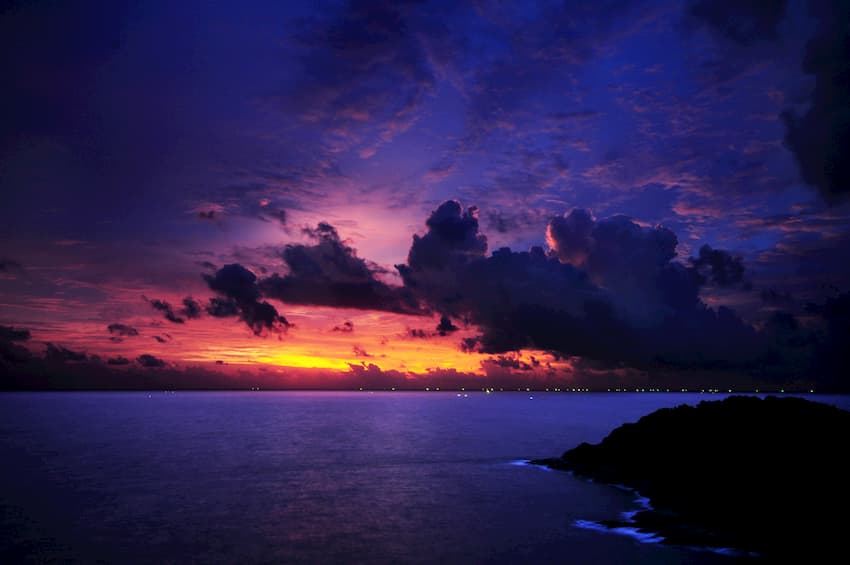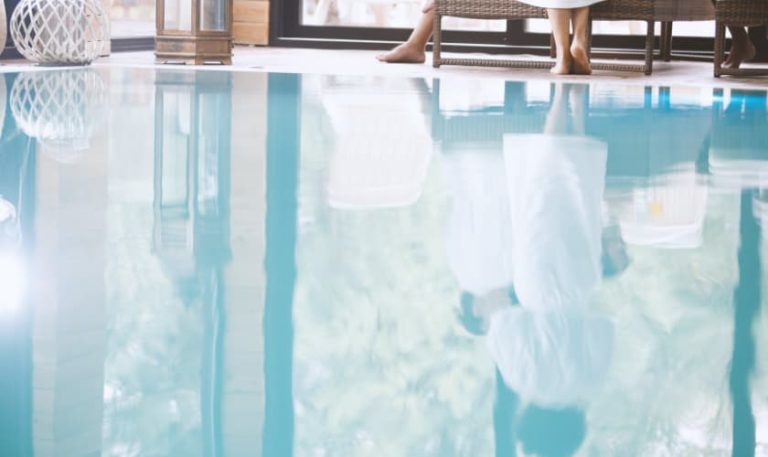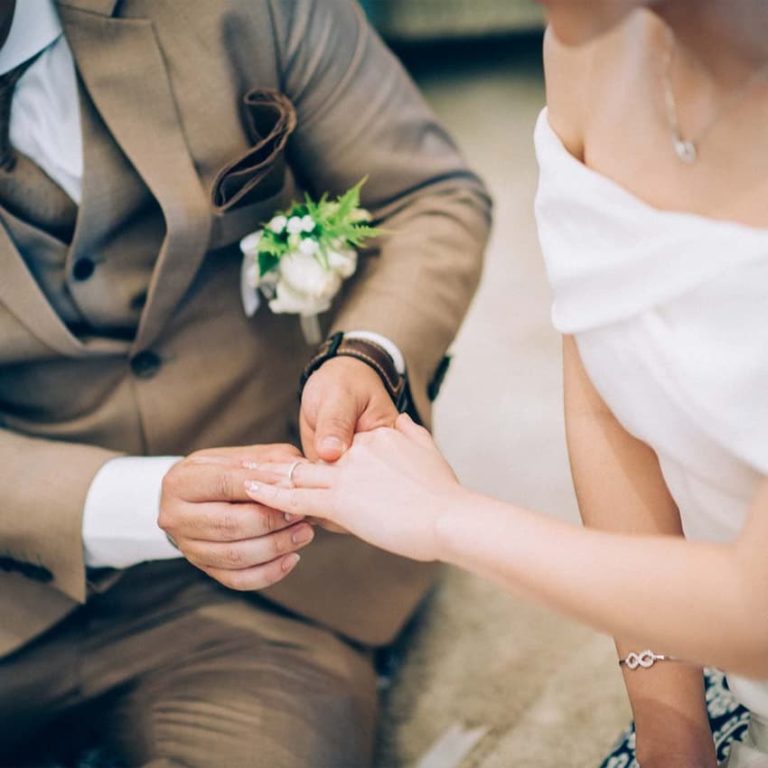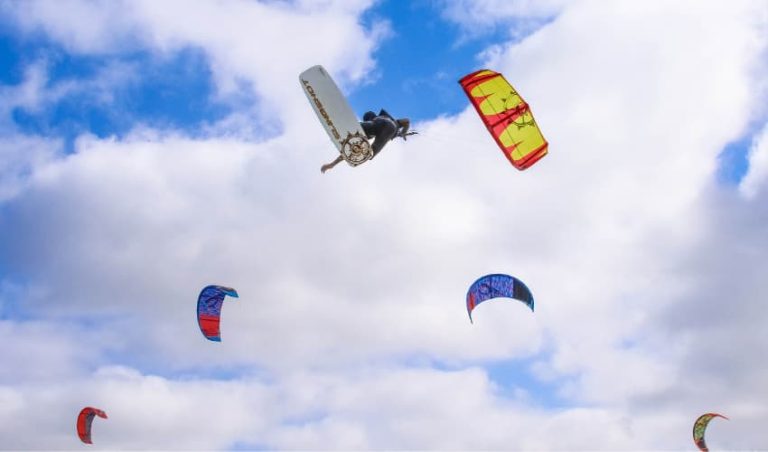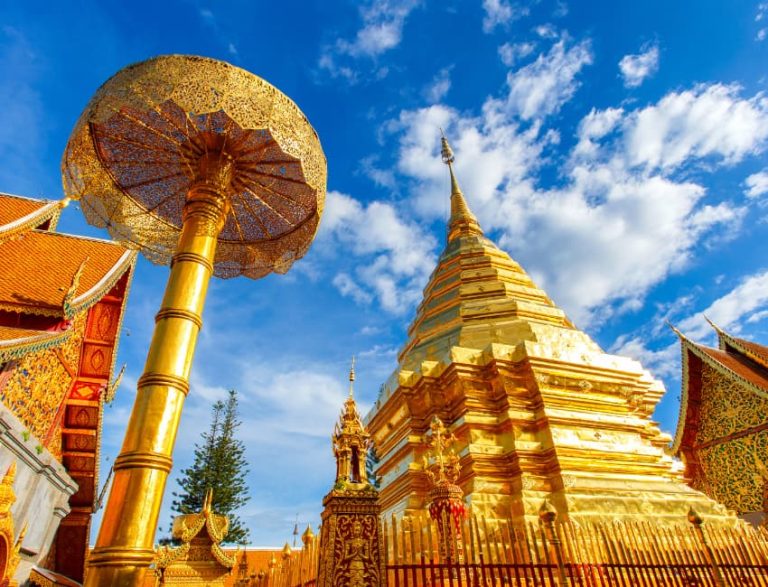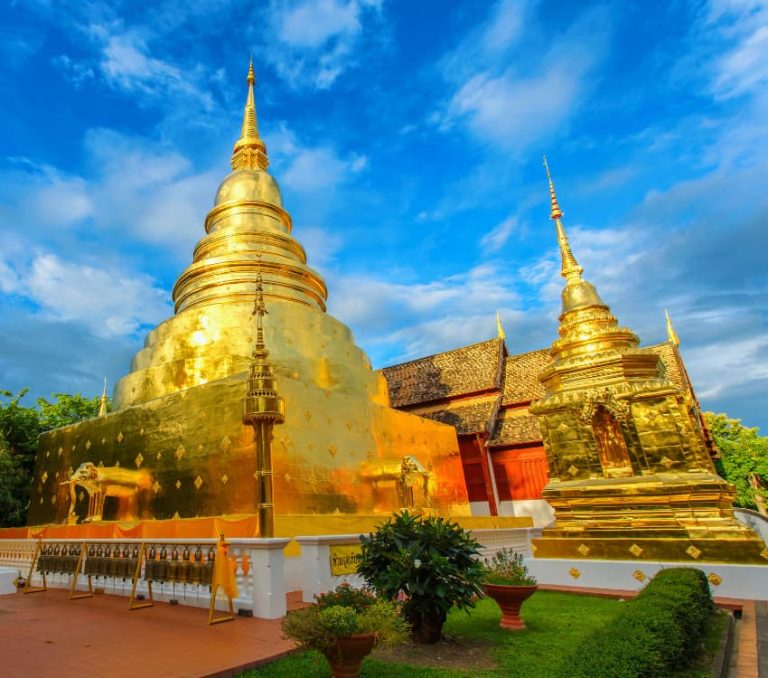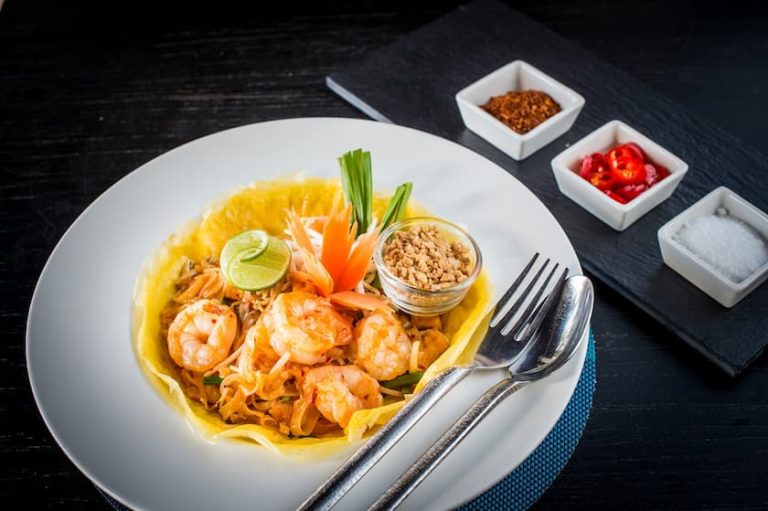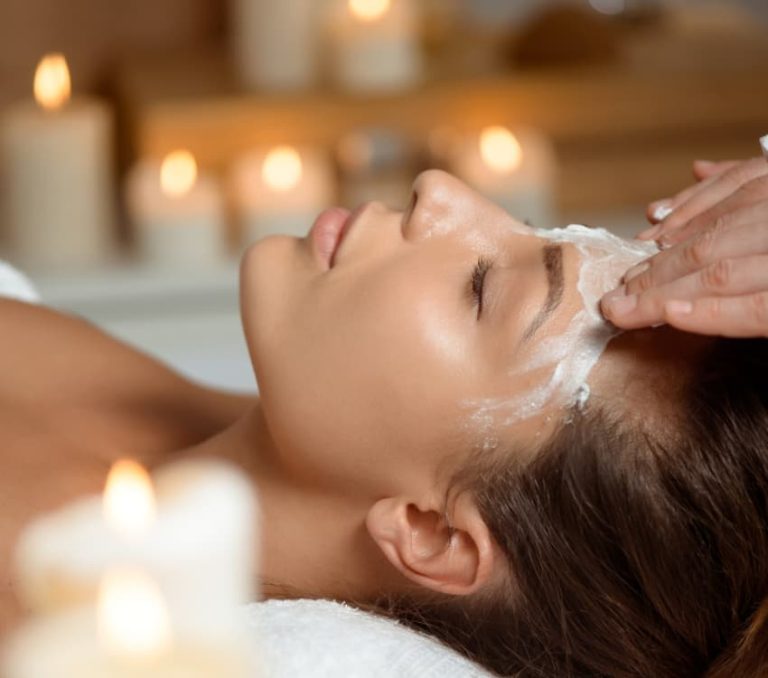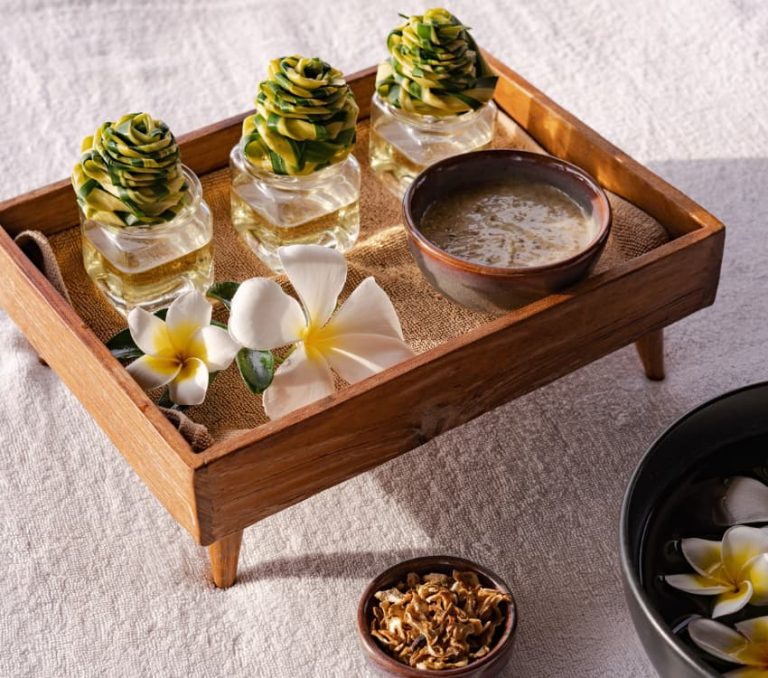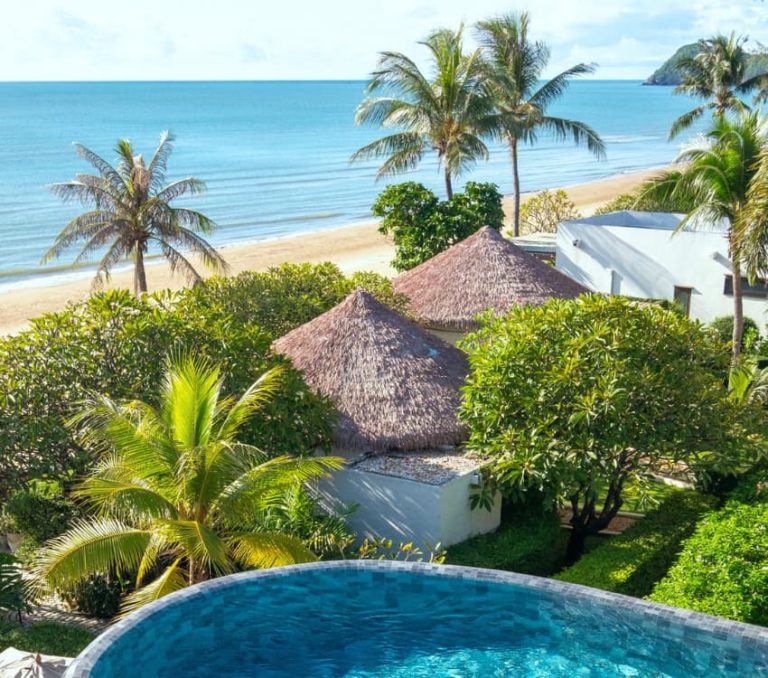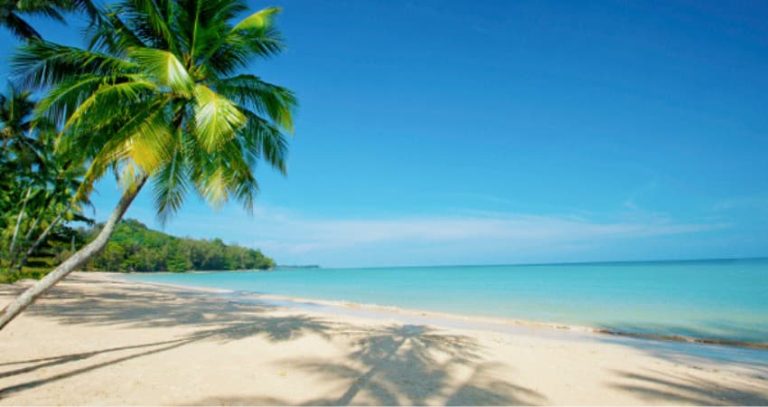We embrace December as one of the most enchanting times of the year to experience our little slice of paradise at Aleenta Phuket. As Thailand’s vibrant high season begins, the weather turns warm and welcoming, the skies open to endless blue, and the island exudes a calm energy that speaks to the soul. This is the moment when the season’s spirit blends beautifully with the natural charm of the Andaman coast.
Weather in December
Sunshine with a Sea Breeze
December is when Phuket truly shines. With temperatures averaging around 28°C during the day and dipping slightly at night, it’s the ideal climate for lazy beach days, romantic evenings under the stars, and outdoor adventures. The rains have subsided, humidity is low, and the sea is calm and inviting. Whether exploring the coastline, relaxing by the pool, or enjoying sunset cocktails on the sand, December offers the best of Phuket’s tropical climate.
Festive Season Vibes by the Sea
Here at Aleenta, we adore the festive season. The magic of December is brought to life through beachfront dinners, glowing lantern releases, and evenings filled with music and joy. Christmas is a time for community, reflection and indulgence, with a tropical twist. As New Year’s Eve approaches, our coastal setting becomes a stunning stage for celebration. Picture fireworks lighting the ocean, toes in the sand, and a sense of renewal in the sea air. The holidays are truly unforgettable when celebrated with us by the sea.
Beach Escapes and Island Adventures
December is perfect for discovering Phuket’s many natural wonders. Natai Beach is a haven of quiet luxury, but the region offers much more. Take a boat across the glittering waters to explore Phang Nga Bay, where limestone cliffs rise dramatically from the sea. This bay, made famous by its starring role in James Bond films, offers kayaking through sea caves, visits to stilted fishing villages like Koh Panyee, and striking views of vertical karsts that seem to defy gravity.
The nearby Similan Islands, open only during the dry season, boast some of the world’s best snorkelling and diving conditions. Expect vibrant coral reefs, crystal-clear visibility, and encounters with marine life including sea turtles, manta rays, and colourful schools of tropical fish. Day and liveaboard excursions offer immersive ways to enjoy this marine paradise.
Take a boat to Koh Yao Noi or Koh Yao Yai for a unique cultural outing. These neighbouring islands remain untouched by mass tourism and provide a glimpse into traditional Thai village life, surrounded by coconut groves, quiet beaches, and the gentle rhythm of the sea.
Cultural Experiences across Phuket
Phuket’s charm goes far beyond its beaches. December is an ideal time to explore its cultural treasures. Wander the pastel streets of Old Phuket Town, where Sino-Portuguese architecture meets stylish cafés, antique shophouses, and bustling weekend markets. Thalang Road, in particular, comes alive on Sunday evenings when it transforms into a pedestrian-only street filled with street food, local crafts, and lively performances.
Visit Wat Chalong, the island’s most important temple, and admire its serene beauty and spiritual atmosphere. The Grand Pagoda is said to contain a fragment of the Buddha’s bone, and the views from the upper terraces are especially rewarding. Visitors are welcome to observe locals in prayer and make offerings while learning about Buddhist customs.
Stand beneath the gaze of the Big Buddha, a towering white marble statue perched atop Nakkerd Hill. The panoramic views across Chalong Bay and Kata are breathtaking, and the atmosphere of peace and reflection is palpable. It’s one of the best places to feel connected to the island’s landscape and spiritual heart.
At the Two Heroines Monument in Thalang, history comes alive in a story of bravery that continues to inspire. The site commemorates sisters Thao Thep Krasattri and Thao Si Sunthon, who defended Phuket from Burmese invaders in the 18th century. Nearby, the Thalang National Museum offers additional insight into this pivotal moment in Phuket’s past, along with exhibits on the island’s early communities, tin mining, and maritime heritage.
Hidden Gems Beyond the Guidebooks
We always encourage guests to look beyond the usual itineraries. Discover Khao Phra Thaeo National Park, a protected rainforest where waterfalls tumble and rare wildlife thrives. Hike to Bang Pae or Ton Sai Waterfalls and watch for gibbons, monkeys, and rare bird species like the Asian Fairy Bluebird. The park is also home to the Gibbon Rehabilitation Project, where rescued animals are reintroduced into the wild.
Connect meaningfully with elephants at ethical sanctuaries that prioritise conservation and compassion. Spend time walking alongside these gentle giants, feeding them, and learning about their stories. Unlike traditional trekking camps, these sanctuaries offer visitors a chance to appreciate elephants in a respectful and responsible environment.
Or take a peaceful boat trip to one of Phuket’s pearl farms and witness the delicate craft of pearl cultivation. Learn how oysters are nurtured and pearls are harvested, then browse elegant pieces of locally made jewellery that reflect the sea’s natural treasures.
Museums, Markets and Local Life
Phuket’s heritage is rich and textured. Stroll through the Tha Hua Museum to learn about Chinese migration and the roots of local life. Housed in a former Chinese language school, the museum’s exhibits include interactive displays and historic artefacts that trace the evolution of Phuket’s cultural landscape.
Step into Baan Chinpracha, a beautifully preserved mansion that reveals the lifestyle of tin-era elites. The home remains furnished with original fittings, delicate porcelain, and antique European decor that depicts opulence from a bygone era. Nearby, the Blue Elephant restaurant occupies another heritage building, offering a superb fine-dining experience with royal Thai cuisine.
Thalang Road transforms into Walking Street every Sunday evening – a colourful celebration of food, music, art and community. Wander through stalls offering hand-crafted souvenirs, local delicacies, and street performances, from traditional Thai dance to acoustic live music. It’s the perfect place to mingle with locals and discover authentic Thai culture in a relaxed and festive setting.
Wellness, Food and Beachfront Bliss at Aleenta
At Aleenta, wellness is woven into everything we do. Mornings might begin with yoga beside the sea, followed by a nourishing breakfast made from locally sourced ingredients. Our Ayurah Spa offers treatments designed to rejuvenate body and mind, drawing on ancient wisdom and natural elements. Dining is a sensory journey, where Thai flavours are elevated with elegance and care. December is a time for slowing down, tuning in, and embracing what truly matters.
December is the Perfect Time
Whether planning a romantic escape, a wellness retreat, or a festive family holiday, December is one of the best times to visit. Early in the month, you’ll find tranquillity and fewer crowds. By mid-to-late December, the energy turns celebratory without ever feeling rushed. We’re here to help plan every detail, from private airport transfers to cultural excursions. And of course, we’ll guide you on respectful cultural practices, such as dress codes when visiting temples and etiquette around Buddhist monks.
December is Close to Our Hearts at Aleenta
December holds a special place in our hearts. It’s when our beach resort in Phang Nga comes alive with joy, warmth and connection. The blend of nature, culture and celebration creates a relaxed and deeply enriching atmosphere. We look forward to welcoming you during this magical season and sharing the serenity, sunshine, and stories that make December in Phuket unforgettable.
Related Articles
- Christmas in Phuket
- Best Beaches in Phuket
- Explore Old Phuket Town
- 5 Reasons To Visit Phang Nga this Christmas
- Songkran Festival Phuket
Aleenta Phuket
Phang Nga Resort & Spa
Phang Nga Resort & Spa
33 Moo 5, Khok Kloi,
Takua Thung, Phang Nga
82140 Thailand
T: +66 (0) 76 580 333

